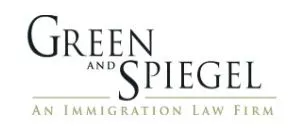On January 13, 2017, the U.S. Department of Homeland Security issued a Notice of Proposed Rulemaking with respect to the EB-5 Immigrant Investor Program. The proposed rules would raise the minimum EB-5 investment amount to $1,350,000 and change the way that targeted employment areas ("TEAs") are designated. The proposed rule is currently open for comments until April 11, 2017, which is shortly before the next Regional Center expiration date of April 28. A summary of the proposed changes to the EB-5 program is stated below:
| Provision | Current Law | Proposed Changes |
| Min. Non-TEA Investment Amount | $1,000,000 | $1,800,000 |
| Min. TEA Investment Amount | $500,000 | $1,350,000 |
| Automatic Future Investment Adjustments | None | Beginning 5 years from enactment, will be adjusted every Oct 1, per the Consumer Price Index (CPI) |
| TEA locations which may qualify |
|
|
| TEA Process |
|
|
| Priority Date Retention |
|
|
The proposed rule also includes miscellaneous changes regarding filings for derivative family members when not included in an I-829 filing with the Investor, flexibility in scheduling I-829 interviews, and general updates in line with current agency protocols following the dissolution of INS and the use of biometrics.
Notably, the changes to the investment amounts will be prospective in nature – going into effect at some point before the rule is finalized. The Green and Spiegel Investor Team will submit a comment to the proposed rules prior to April 11 and we will follow-up with an additional post in the coming week discussing our initial thoughts and reactions.
The content of this article is intended to provide a general guide to the subject matter. Specialist advice should be sought about your specific circumstances.

